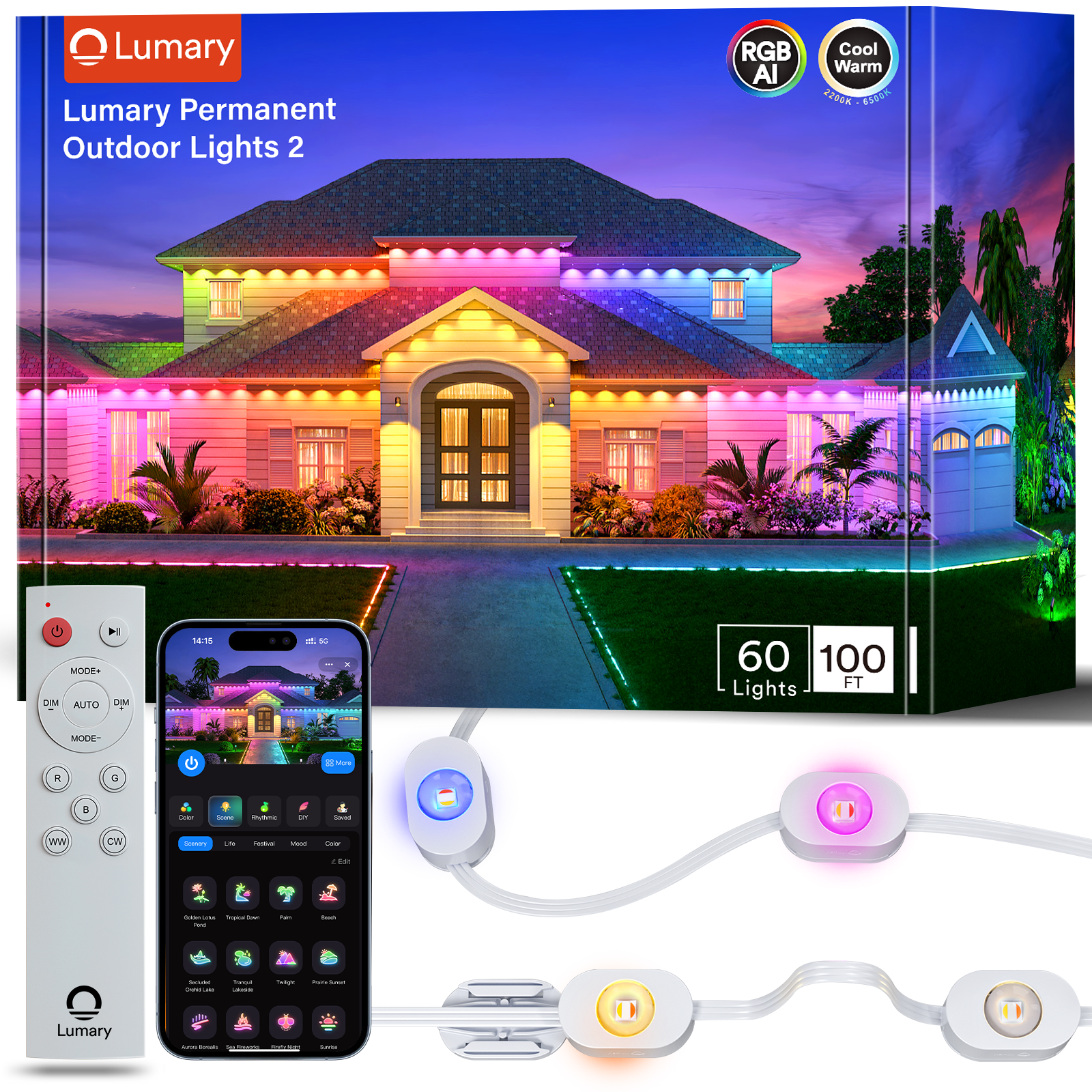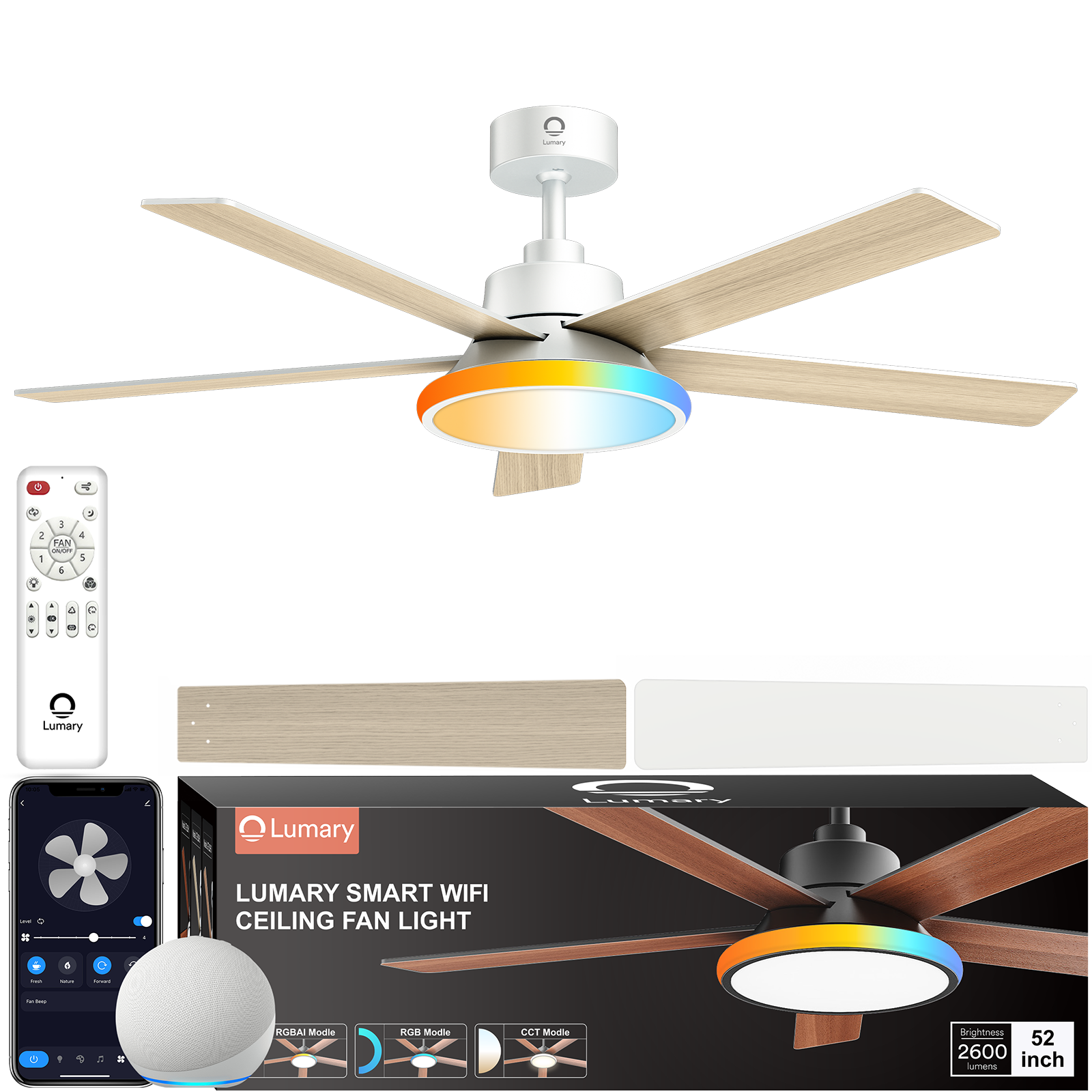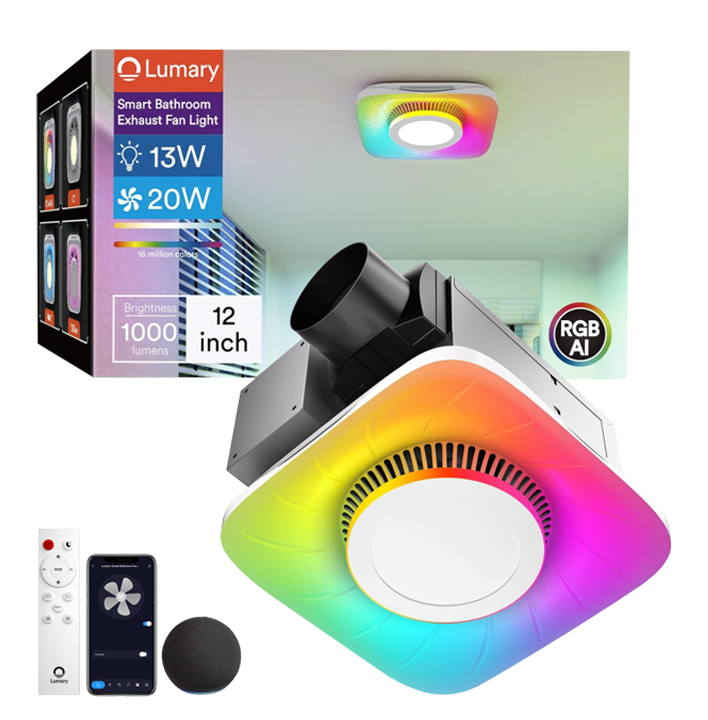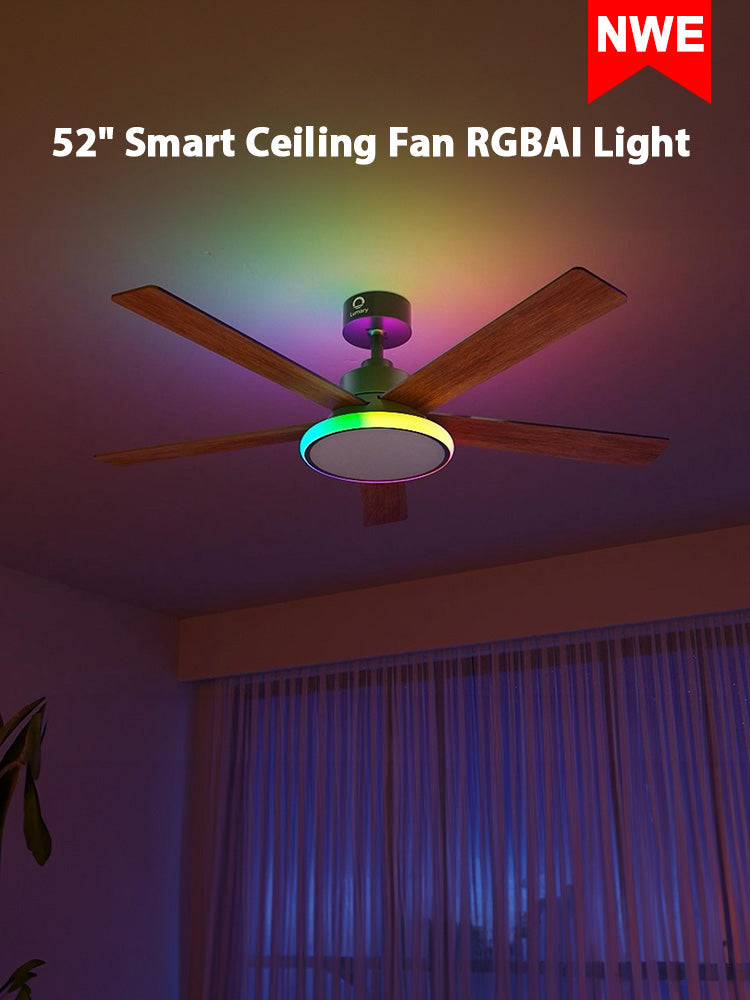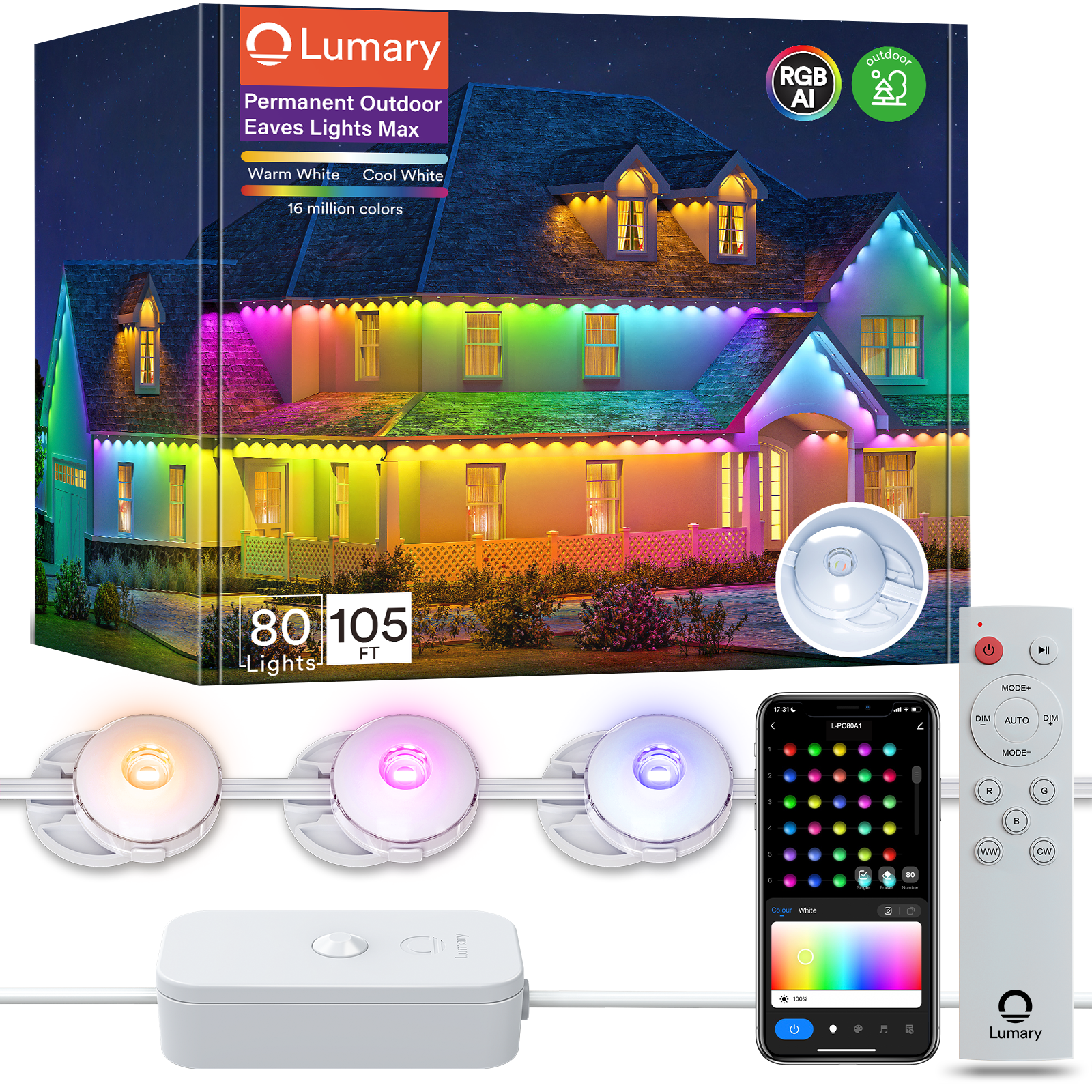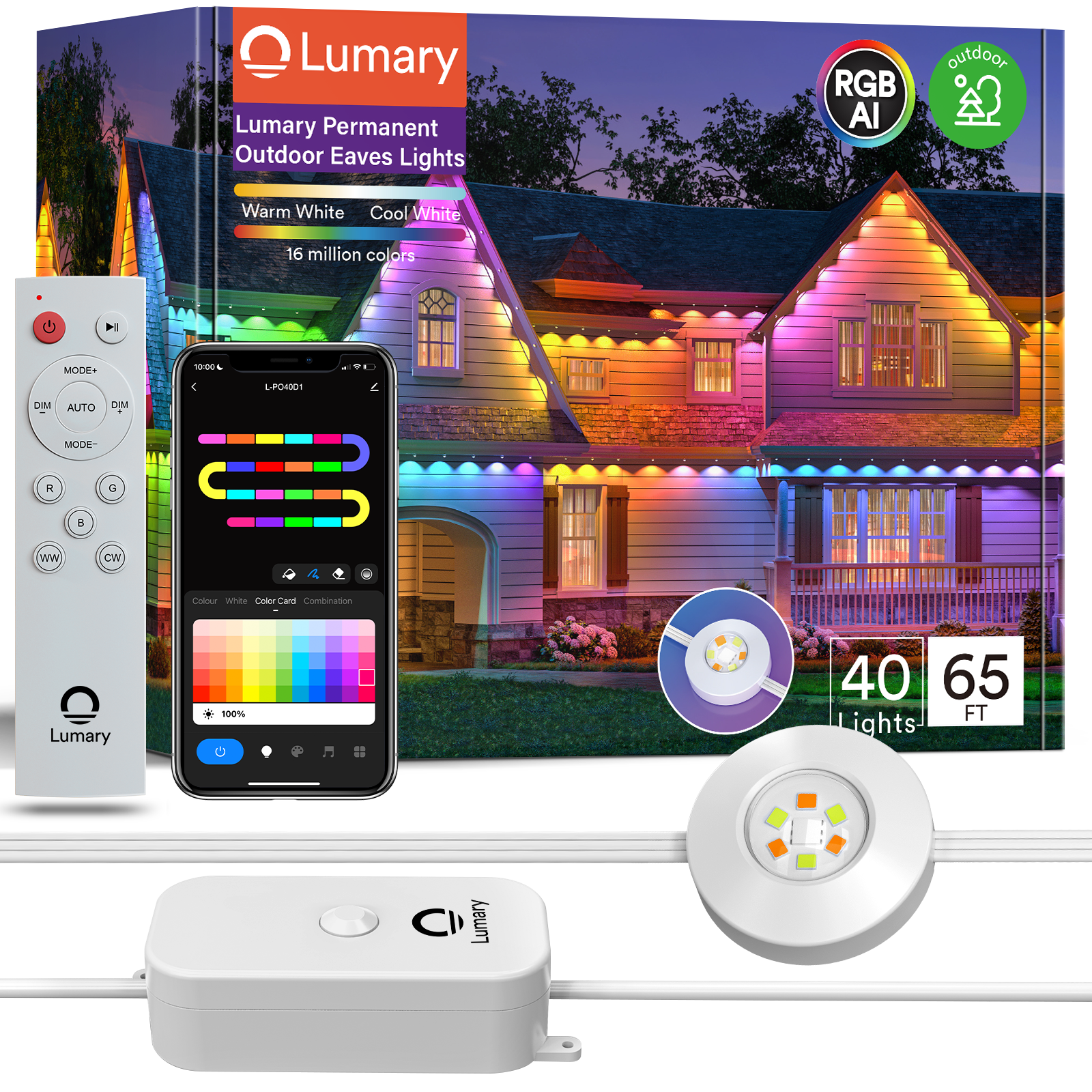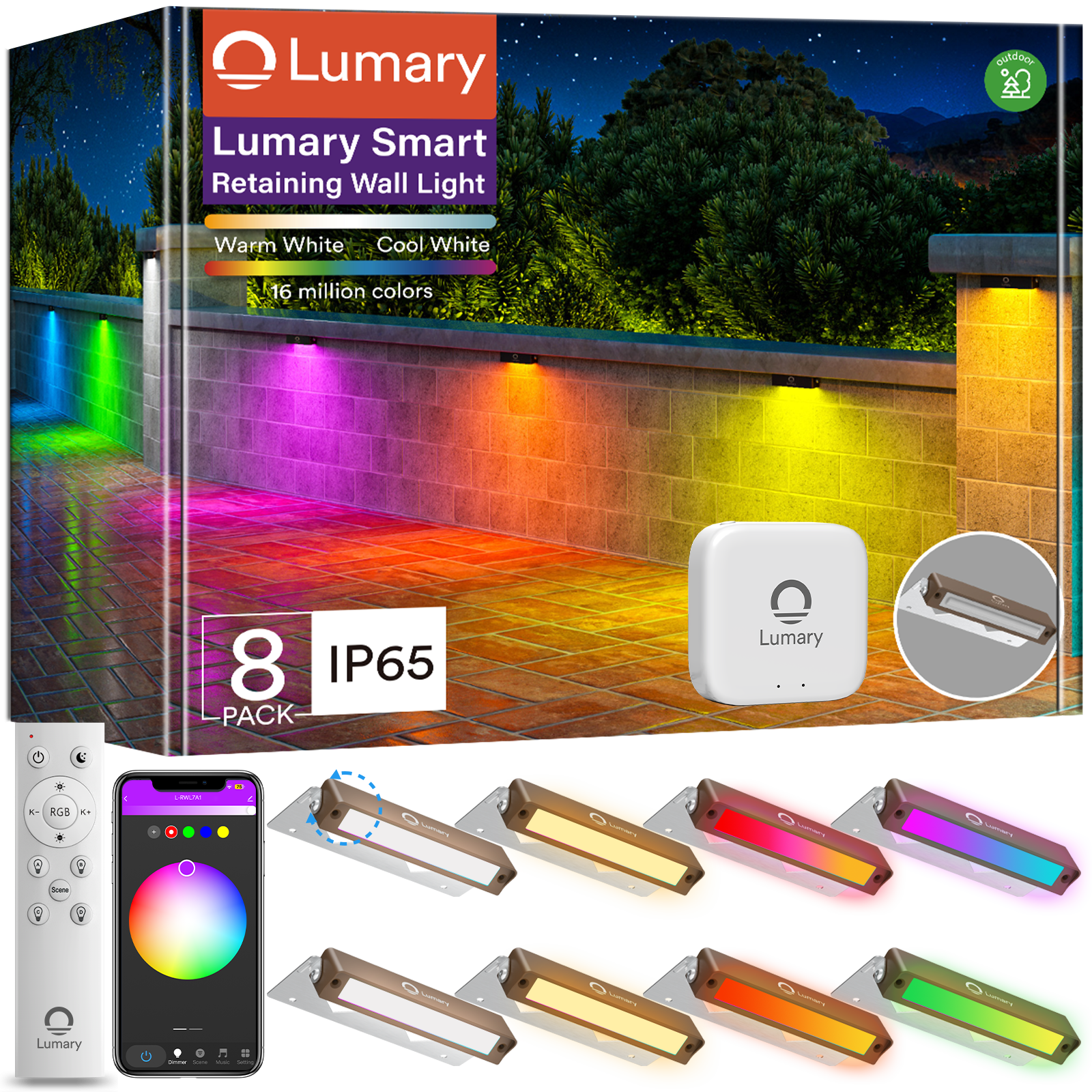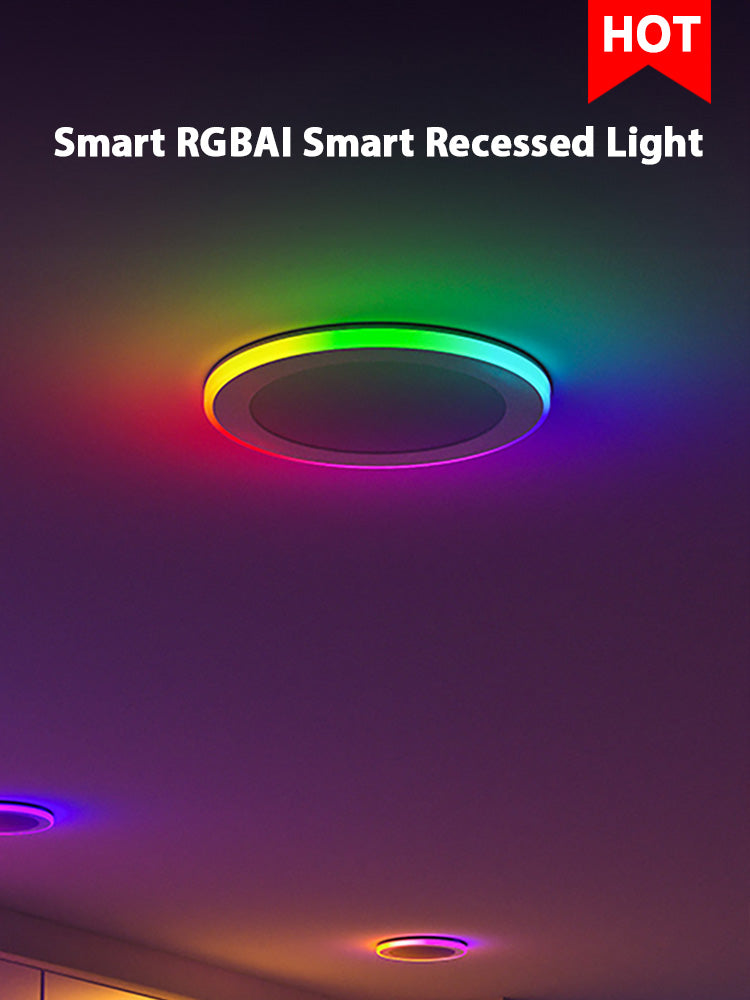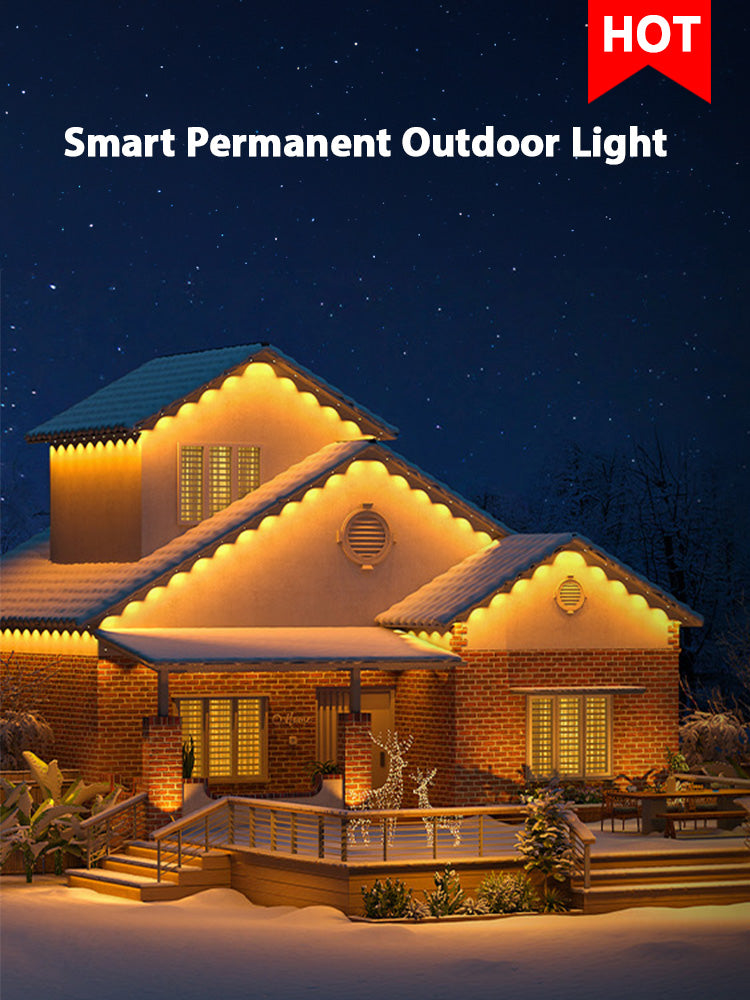Replacing recessed lighting can transform your space while improving energy efficiency and safety. Modern LED recessed lighting offers numerous benefits, including reduced energy consumption—up to 90% less than traditional bulbs—and a lifespan of up to 50,000 hours. These fixtures emit minimal heat, making them safer and more comfortable for enclosed spaces. Proper installation ensures optimal performance and prevents common issues like drafts or uneven lighting. Upgrading recessed lighting fixtures not only enhances your home’s aesthetics but also saves you money on electricity bills over time.
Key Takeaways

-
Upgrading to LED recessed lighting can save you up to 90% on energy costs and last up to 50,000 hours, making it a smart investment for your home.
-
Always turn off the power at the circuit breaker and use a voltage tester to ensure safety before starting any electrical work.
-
Gather essential tools like screwdrivers, a voltage tester, and wire connectors to ensure a smooth installation process.
-
Inspect existing wiring and housing for damage before installing new fixtures to prevent safety hazards.
-
Follow a step-by-step guide for installation, including securely connecting wires and properly mounting the new fixture.
-
Regular maintenance, such as cleaning and inspecting your fixtures, helps maintain optimal performance and extends their lifespan.
-
If you encounter issues like flickering lights or damaged wiring, consult a licensed electrician to ensure safety and proper functionality.
Tools and Materials for Replacing Recessed Lighting
Before you begin replacing recessed lighting, gathering the right tools and materials is essential. Proper preparation ensures a smooth and safe installation process. Below is a detailed guide to help you prepare for installation.
Essential Tools
Having the correct tools on hand makes the replacement process efficient and hassle-free. Here are the tools you’ll need:
-
Screwdriver (flathead and Phillips): Use these to remove screws from the old fixture and secure the new one in place. Both types are necessary as fixtures may require different screw heads.
-
Voltage tester: This tool ensures your safety by confirming that the power to the fixture is completely off before you start working.
-
Wire stripper: You’ll need this to strip the insulation from the wires, allowing you to connect the new fixture securely.
-
Ladder or step stool: A sturdy ladder or step stool provides safe access to ceiling fixtures. Ensure it is stable and positioned on a flat surface.
These tools are fundamental for a safe and effective replacement process. Always double-check that you have them ready before starting.
Necessary Materials
In addition to tools, you’ll need specific materials to complete the installation. These materials ensure compatibility and functionality for your new recessed lighting fixture:
-
Replacement recessed lighting fixture: Choose a high-quality option like the Lumary Wi-Fi Smart Ultra-Thin Baffle Trim Recessed Lighting. This fixture offers modern features such as adjustable color temperatures and smart control via an app or voice commands.
-
Wire connectors: These secure the electrical connections between the existing wiring and the new fixture. They are crucial for maintaining a safe and stable connection.
-
Electrical tape: Use this to insulate exposed wires and prevent electrical hazards.
-
Light bulb compatible with the new fixture: Ensure the bulb matches the specifications of your recessed lighting. For example, if your fixture supports LED bulbs, select one that fits the size, shape, and base type required.
Tip: When selecting a replacement fixture, verify its compatibility with your existing housing and wiring. Using an incompatible fixture or bulb can lead to safety risks, such as overheating or electrical failure.
By assembling these tools and materials, you’ll be well-prepared for installation. This preparation not only saves time but also minimizes the risk of errors during the process. Remember, taking the time to prepare for installation is a key step toward achieving professional results.
Safety Precautions for Replacing Recessed Lights
When replacing recessed lights, prioritizing safety is essential. Following proper safety standards minimizes risks and ensures a smooth installation process. Below are the key precautions you should take before and during the replacement.
Turn Off the Power
Working with electrical fixtures requires you to eliminate any risk of electric shock. Follow these steps to ensure your safety:
-
Switch off the circuit breaker controlling the recessed lighting fixture. Locate the correct breaker in your electrical panel and turn it off completely.
-
Use a voltage tester to confirm that the power is off. Place the tester on the wires or the fixture to verify there is no electrical current. This step is crucial to avoid accidents.
Tip: Never rely solely on flipping a light switch. Always double-check with a voltage tester to ensure the power is completely off.
Use Proper Equipment
Having the right equipment not only makes the process easier but also keeps you safe. Here’s what you need to do:
-
Ensure your ladder or step stool is stable. Place it on a flat surface and test its stability before climbing. A wobbly ladder can lead to falls and injuries.
-
Wear insulated gloves and goggles. Gloves protect you from electrical shocks, while goggles shield your eyes from dust or debris during the replacement process.
Reminder: Inspect your tools and equipment for any damage before use. Faulty tools can compromise your safety.
Prepare the Work Area
A well-prepared work area helps you focus on the task without unnecessary distractions. Take these steps to set up your space:
-
Work in a well-lit area. If the room is too dark after turning off the power, use a portable work light to illuminate the space. Proper lighting ensures you can see what you’re doing clearly.
-
Ensure the ceiling opening is clean and free of debris. Dust, insulation, or other materials can interfere with the installation. Use a vacuum or a clean cloth to tidy up the area before proceeding.
Pro Tip: Keep your tools and materials within easy reach to avoid unnecessary movements while working on the ladder.
By following these safety precautions, you can replace your recessed lights confidently and efficiently. Always remember to turn off power, use proper equipment, and prepare your work area thoroughly. These steps align with established safety standards and help prevent accidents or damage during the process.
Steps to Change LED Recessed Lighting
Replacing your old recessed lights with modern LED options can enhance your home’s lighting and energy efficiency. Follow this step-by-step guide to ensure a smooth and safe recessed lighting installation.
Remove the Old Fixture
The first step in the process is to remove the existing fixture. This requires careful handling to avoid damaging the ceiling or wiring.
-
Unscrew the trim and remove the bulb.
Begin by removing the trim from the old fixture. Use a screwdriver to loosen any screws holding the trim in place. Once the trim is free, carefully remove the bulb. If the bulb is stuck, gently twist it counterclockwise to release it. -
Disconnect the wiring by loosening the wire connectors.
Locate the wire connectors inside the housing. These connectors secure the electrical wires to the fixture. Twist them counterclockwise to disconnect the old light. Ensure you handle the wires carefully to prevent fraying or damage.
Tip: Keep the removed trim, bulb, and connectors in a safe place until you confirm the new fixture is installed correctly.
Inspect the Wiring and Housing

Before proceeding with the installation of the new fixture, inspect the existing wiring and housing to ensure they are in good condition.
-
Check for any damage or wear on the wiring.
Examine the wires for signs of fraying, discoloration, or corrosion. Damaged wiring can pose safety risks and may require professional attention. -
Ensure the housing is secure and properly aligned.
Verify that the housing is firmly attached to the ceiling and aligned correctly. A loose or misaligned housing can affect the stability of the new fixture.
Reminder: If you notice significant damage to the wiring or housing, consult a licensed electrician before continuing.
Install the New Fixture
Once you’ve confirmed the wiring and housing are in good condition, you can install the new LED recessed lighting fixture. Follow these steps to complete the process:
-
Connect the wires from the new fixture to the existing wiring using wire connectors.
Match the wires from the new fixture to the corresponding wires in the ceiling (e.g., black to black, white to white). Use wire connectors to secure the connections. Twist the connectors clockwise until they are tight and the wires are firmly joined. -
Secure the fixture into the housing according to the manufacturer’s instructions.
Refer to the installation guide provided with your new recessed light fixture. For example, the Lumary Wi-Fi Smart Ultra-Thin Baffle Trim Recessed Lighting includes detailed instructions for attaching the fixture to the housing. Use the provided mounting clips or brackets to secure the fixture in place. -
Attach the new trim.
Once the fixture is secured, install the new recessed light trim. Align the trim with the housing and press it into place. Some trims may require screws or clips for additional stability.
Pro Tip: Always follow the manufacturer’s recommendations for wiring and mounting fixtures. These guidelines ensure compatibility and adherence to safety standards.
By following these steps to change LED recessed lighting, you can achieve a professional-quality installation. Take your time during each phase to ensure accuracy and safety. Upgrading to LED recessed lighting not only improves your home’s aesthetics but also reduces energy consumption and maintenance costs.
Test the New Fixture
Testing the new recessed lighting fixture is the final and crucial step in the installation process. This ensures that the fixture functions correctly and safely. Follow these simple steps to complete your project successfully.
Turn the power back on at the circuit breaker.
Locate the circuit breaker that controls the lighting fixture. Flip the switch back to the "on" position to restore power to the circuit. Be cautious while handling the breaker panel to avoid accidental contact with other switches or circuits.
Tip: If you are unsure which breaker controls the fixture, label it for future reference. This will save time and prevent confusion during future maintenance.
Switch on the light to ensure it’s functioning properly.
Once the power is restored, turn on the light switch connected to the fixture. Observe the light to confirm it illuminates as expected. Check for consistent brightness and ensure there is no flickering or delay in lighting up. If the fixture supports adjustable settings, such as dimming or color temperature changes, test these features to verify they work correctly.
Pro Tip: If the light does not turn on, double-check the wiring connections and ensure the bulb is securely installed. Refer to the manufacturer’s instructions for troubleshooting tips or consult a professional electrician if needed.
Testing the fixture completes the step-by-step guide to change LED recessed lighting. By following these steps, you ensure the new fixture operates efficiently and safely. This final step also allows you to enjoy the benefits of modern lighting, such as energy efficiency and enhanced aesthetics.
Troubleshooting Common Issues with Recessed Lights
Even with careful recessed lighting installation, you may encounter some common issues. Addressing these problems promptly ensures your lights function efficiently and safely. Below are practical solutions to help you troubleshoot and resolve these challenges.
Flickering Lights
Flickering lights can be frustrating and may indicate an underlying issue. Follow these steps to identify and fix the problem:
Check the bulb for proper installation.
Ensure the bulb is securely seated in the socket. A loose bulb can cause intermittent contact, leading to flickering. Remove the bulb, inspect the socket for debris or damage, and reinstall the bulb firmly.
Ensure the wiring connections are secure.
Inspect the wiring inside the fixture. Loose or improperly connected wires can disrupt the electrical flow, causing flickering. Turn off the power at the circuit breaker before checking the connections. Tighten any loose wire connectors and confirm that all wires are properly joined.
Tip: If flickering persists, consider replacing the bulb with a compatible LED option to rule out bulb-related issues.
Incompatible Fixtures
Using a fixture that doesn’t match your existing setup can lead to operational problems. Here’s how to address compatibility concerns:
Verify that the new fixture is compatible with your existing housing and wiring.
Check the specifications of your recessed lights against the housing and wiring in your ceiling. Mismatched components can cause overheating or poor performance. Refer to the manufacturer’s guidelines to ensure compatibility.
Consult the manufacturer’s specifications for guidance.
Review the installation manual or product details provided by the manufacturer. These resources often include compatibility charts and troubleshooting tips. If you’re unsure, contact customer support for assistance.
Pro Tip: Always choose fixtures designed for your specific housing type and wiring configuration to avoid compatibility issues.
Fixture Not Turning On
If your recessed lights fail to illuminate after installation, the problem may lie in the power supply or connections. Take these steps to resolve the issue:
Double-check that the power is on and the wiring is correctly connected.
Return to the circuit breaker and confirm that the power is switched on. Inspect the wiring connections inside the fixture. Ensure the wires are securely fastened with wire connectors and that no exposed wires are touching.
Test the circuit breaker and replace the bulb if necessary.
A tripped circuit breaker can cut power to your lights. Reset the breaker and test the fixture again. If the light still doesn’t turn on, try replacing the bulb with a new one that matches the fixture’s specifications.
Reminder: If the issue persists after these steps, consult a licensed electrician to inspect the wiring and electrical system.
By addressing these common issues, you can maintain the functionality and safety of your recessed lights. Regular inspections and proper installation practices minimize the likelihood of problems, ensuring your lighting system operates smoothly.
Maintenance Tips for LED Recessed Lighting
Proper maintenance of your LED recessed lighting ensures long-lasting performance and optimal brightness. By following these simple tips, you can keep your lighting fixtures in excellent condition while avoiding potential issues.
Regular Cleaning
Maintaining cleanliness is essential for preserving the brightness and appearance of your LED recessed lighting. Dust and debris can accumulate over time, reducing the light output and affecting the fixture's efficiency.
-
Dust the trim and bulb regularly to maintain brightness.
Use a soft, dry cloth or a microfiber duster to gently remove dust from the trim and bulb. This prevents dirt from dulling the light and ensures consistent illumination. For hard-to-reach areas, consider using an extendable duster. -
Avoid using harsh chemicals that could damage the fixture.
Stick to mild cleaning solutions or simply use water for cleaning. Harsh chemicals can corrode the surface of the trim or damage the bulb. Always ensure the fixture is completely dry before turning it back on.
Tip: Turn off the power before cleaning to ensure your safety and avoid accidental damage to the fixture.
Periodic Inspections
Regular inspections help identify potential issues early, ensuring your LED recessed lighting continues to function safely and efficiently. Neglecting inspections can lead to problems like flickering or dim lights.
-
Check for loose connections or signs of wear on the wiring.
Inspect the wiring inside the fixture and along its path. Look for exposed wires, frayed insulation, or discoloration. Damaged wiring should be repaired immediately to prevent electrical hazards. -
Replace bulbs promptly to prevent strain on the fixture.
A burnt-out bulb can cause unnecessary strain on the fixture. Replace it with a compatible LED bulb as soon as possible. Prompt replacement also ensures consistent lighting in your space.
Reminder: If you notice dim or flickering lights, it could indicate a wiring issue. Address this promptly to maintain the safety and functionality of your recessed lighting.
Use Energy-Efficient Bulbs
Choosing the right bulbs for your LED recessed lighting not only enhances performance but also reduces energy consumption. Energy-efficient bulbs are a smart investment for both your home and the environment.
-
Opt for LED bulbs to reduce energy consumption and heat output.
LED bulbs use significantly less energy compared to traditional bulbs. They also emit minimal heat, making them safer and more comfortable for enclosed spaces. This helps you save on electricity bills while maintaining a cool environment. -
Ensure the bulbs are compatible with your fixture (e.g., Lumary LED recessed lighting).
Always check the specifications of your fixture before purchasing new bulbs. Using incompatible bulbs can lead to overheating or poor performance. For example, Lumary LED recessed lighting fixtures are designed to work seamlessly with specific LED bulbs, ensuring optimal results.
Pro Tip: When replacing bulbs, consider upgrading to smart LED options. These allow you to control brightness and color temperature, adding convenience and versatility to your recessed lighting installation.
By incorporating these maintenance practices into your routine, you can extend the lifespan of your LED recessed lighting and enjoy consistent, high-quality illumination. Regular cleaning, periodic inspections, and the use of energy-efficient bulbs ensure your fixtures remain in top condition for years to come.
Replacing recessed lighting fixtures can be a straightforward and rewarding task when you follow a step-by-step guide and prioritize safety. Modern options like LED recessed lighting not only enhance your home’s aesthetics but also improve energy efficiency and reduce maintenance needs. Regular cleaning and inspections ensure your lights remain functional and effective for years. If you encounter issues like flickering or dimming, address them promptly to maintain optimal performance. Take your time during the installation process, and don’t hesitate to consult a professional if needed. Upgrading your lighting is an investment in both style and functionality.
FAQ
What is recessed lighting, and why is it popular?
Recessed lighting refers to fixtures installed directly into the ceiling, creating a sleek and modern look. These lights provide excellent illumination without taking up visual space, making them ideal for any room. Many homeowners prefer recessed lighting because it blends seamlessly with the ceiling, offering a clean and unobtrusive design. LED recessed lighting has become especially popular due to its energy efficiency and ease of retrofitting into existing sockets.
Can I replace recessed lighting fixtures on my own?
Yes, you can replace recessed lighting fixtures yourself if you follow proper safety precautions and use the right tools. The process involves turning off the power, removing the old fixture, inspecting the wiring, and installing the new fixture. By following a step-by-step guide, you can complete the task safely and efficiently. However, if you encounter damaged wiring or feel unsure, consult a licensed electrician.
What tools and materials do I need to replace recessed lighting?
To replace recessed lighting, you’ll need essential tools like a screwdriver, voltage tester, wire stripper, and a sturdy ladder. For materials, gather wire connectors, electrical tape, and a compatible replacement fixture, such as the Lumary Wi-Fi Smart Ultra-Thin Baffle Trim Recessed Lighting. Preparing these items beforehand ensures a smooth installation process.
How do I ensure my safety when replacing recessed lighting?
Prioritize safety by turning off the power at the circuit breaker and confirming it with a voltage tester. Use a stable ladder and wear insulated gloves and goggles to protect yourself. Work in a well-lit area and keep your tools within reach. Always inspect the wiring and housing for damage before proceeding with the installation.
Why should I upgrade to LED recessed lighting?
LED recessed lighting offers numerous benefits. It consumes up to 90% less energy than traditional bulbs, reducing electricity bills. LEDs also last longer, with lifespans of up to 50,000 hours. They emit minimal heat, making them safer for enclosed spaces. Additionally, modern LED fixtures, like Lumary’s smart lighting, allow you to customize brightness and color, enhancing your home’s ambiance.
Can I use any bulb with my recessed lighting fixture?
No, you must use bulbs compatible with your specific fixture. Check the manufacturer’s specifications to ensure the bulb matches the size, shape, and base type required. For example, if your fixture supports LED bulbs, choose an appropriate LED option to avoid overheating or poor performance.
What should I do if my recessed light flickers?
Flickering lights often result from loose bulbs or wiring connections. First, ensure the bulb is securely installed. If the issue persists, turn off the power and inspect the wiring for loose or improperly connected wires. Tighten the connections using wire connectors. If the problem continues, consider replacing the bulb or consulting an electrician.
How do I maintain my LED recessed lighting?
Maintain your LED recessed lighting by cleaning the trim and bulb regularly with a soft cloth to remove dust. Inspect the wiring periodically for signs of wear or loose connections. Replace burnt-out bulbs promptly to prevent strain on the fixture. Using energy-efficient LED bulbs ensures optimal performance and longevity.
Is recessed lighting suitable for all rooms?
Yes, recessed lighting works well in most rooms, including kitchens, living rooms, and basements. Its unobtrusive design makes it versatile and adaptable to various spaces. LED recessed lighting, in particular, enhances the ambiance while providing efficient illumination. Whether you want task lighting for a workspace or accent lighting for a cozy atmosphere, recessed lighting fits the bill.
When should I call a professional for help?
Call a professional if you notice damaged wiring, experience persistent issues like flickering, or feel unsure about the installation process. A licensed electrician can ensure the wiring and fixture are installed safely and correctly. It’s better to seek expert help than risk potential hazards.

